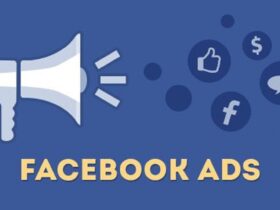If you say “Hi” and message someone on LinkedIn, there’s a 99% chance you won’t get a reply. So, the question is: how can we communicate on LinkedIn to get a better response?
Whether you’re using LinkedIn for business or job searching, we all know how important LinkedIn is. However, we often don’t take full advantage of this platform because we don’t know how to build personal communication effectively.
I didn’t know how to communicate properly at first either, but I learned.
The point is, we shouldn’t use the same old methods. Now, I communicate more professionally and save time. Here are my tips:
Intention & Details: 
Why do you want to send someone a personal message? What’s your intention for future communication?
If you just send “Hi” or “How are you?” the other person might be confused about your purpose.
Instead, explain clearly why you want to talk. Share details and ask for a preferred time for a chat or call.
Once they read your detailed message, they’ll likely respond. This approach saves time for both parties.
Language:
You don’t need to be overly formal on LinkedIn. Simple English works for a friendly conversation.
If you’re using your native language with a native speaker, that’s fine, but don’t mix languages randomly.
For example, avoid using 2 words in one language, 2 in another, and then 2 in a third.
Choose one language and stick with it. It’s often best to communicate in simple English for a good impression.
Comments:
Comments are another great way to engage. If your favorite CEO posts something, you may want to comment.
Or if someone shares a thought you don’t agree with, you might want to clarify your perspective.
It’s okay to disagree, but make sure your comment adds value by offering constructive criticism or positive feedback.
Avoid rude or personal attacks, as these can damage your professional image.
We’ve all made mistakes when we first started using LinkedIn. That’s not a problem. But from now on, we should be more mindful. LinkedIn is our online resume, and people see it.
Opportunities can come from that, so don’t mess with your online resume.






Leave a Reply